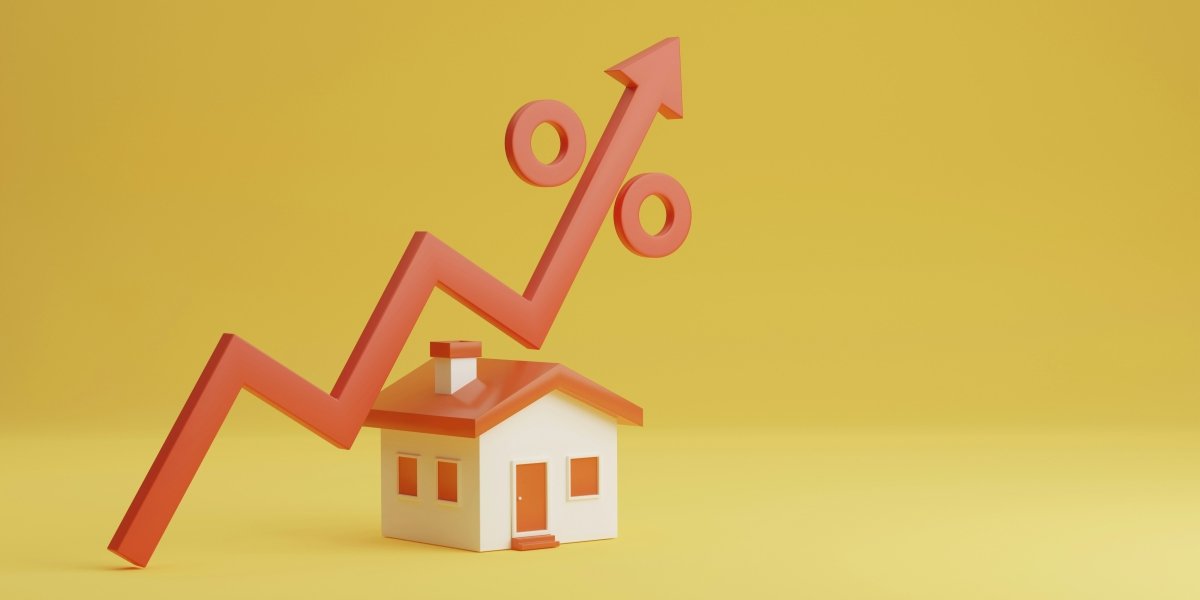Every purchase decision, whether small or large, involves a mix of habits, personal preferences, and marketing influence. From daily grocery shopping to choosing a new phone, people rarely make completely rational choices. Instead, decisions are shaped by convenience, emotion, and brand familiarity as much as by price or necessity.
Understanding what drives these choices helps explain consumer behavior in modern markets. Companies invest heavily in studying how people think about products, how loyalty forms, and what subtle cues can shift attention. For consumers, this knowledge provides insight into their own decision patterns, making them more aware of what shapes their purchasing behavior.
Decision-making may seem spontaneous, but it often follows patterns that combine learned behaviors, social influence, and exposure to persuasive marketing messages. Recognizing these layers can bring awareness to how preferences form and change over time.
How Personal Preferences Influence Purchases
Personal preferences are the foundation of consumer choice. These preferences develop through experience, cultural background, and exposure to different lifestyles. Over time, individuals form clear ideas about what they like—such as taste, texture, color, or design—and tend to repeat choices that bring comfort or satisfaction.
Preferences are not static. They adjust as people age, move to new environments, or adopt new routines. A person who once preferred sugary drinks may shift to healthier options after learning about nutrition or developing new fitness goals. Preferences can also be shaped by family influence, social groups, and education, creating distinct differences among demographic groups.
Marketers often study these preferences through surveys, focus groups, and data analytics to predict consumer behavior. While preferences drive most purchasing decisions, they are often reinforced—or challenged—by emotional and habitual triggers that accompany buying experiences.
The Role Of Habits In Consumer Behavior
Habits simplify the decision-making process. When people shop, they often rely on familiar routines rather than starting from scratch. This habit-driven behavior saves time and reduces mental effort. For example, many shoppers buy the same brand of detergent or coffee each week without reconsidering alternatives.
These automatic choices build brand loyalty but also limit exploration. Habitual purchases can be helpful when consistency matters but may prevent consumers from discovering better options. In marketing terms, habits represent both an opportunity and a challenge—retaining existing customers is easier than convincing someone to break a familiar pattern.
Understanding habit formation allows companies to create strategies that encourage repetition, such as loyalty programs, refill subscriptions, or personalized recommendations. For consumers, awareness of these patterns encourages more deliberate decision-making rather than defaulting to convenience or routine.
How Marketing Shapes Consumer Perception
Marketing plays a powerful role in influencing how products are perceived. Visual presentation, pricing, and storytelling all affect how people evaluate choices. A well-designed advertisement doesn’t just show a product—it connects it to emotions like trust, happiness, or belonging.
Even subtle details such as font style, packaging color, or store layout can impact perception. Studies in consumer psychology show that people associate certain colors with emotions—green with calm or sustainability, red with excitement or urgency. Marketing teams use these cues to create emotional connections that make products feel more desirable.
Promotions and social media campaigns further shape behavior by leveraging attention and repetition. When consumers repeatedly encounter the same brand message, it can lead to familiarity and preference, even without conscious awareness. The relationship between marketing exposure and purchase decisions shows how environment and messaging influence behavior more than logic alone.
Emotional Triggers And The Psychology Of Choice
Emotion plays a central role in why people buy. Purchases often serve psychological needs such as comfort, status, or reassurance. A product associated with positive emotions—like nostalgia or self-confidence—can feel more valuable, even if alternatives are cheaper or more functional.
This emotional connection explains why brand loyalty persists even when practical differences are minimal. Consumers return to products that make them feel safe, competent, or understood. Advertising and storytelling strengthen these emotional bonds by framing products within relatable human experiences.
Emotion also affects impulse buying. Limited-time offers, scarcity cues, or discounts trigger excitement or fear of missing out, prompting quick decisions. While not always negative, such tactics show how emotions can override rational analysis, especially when decisions are made under time pressure.
Social Influence And Cultural Context
Consumer behavior rarely exists in isolation. People often mirror the choices of those around them, especially within shared cultural or social settings. Social proof—the idea that others’ actions influence one’s own decisions—appears everywhere, from restaurant reviews to influencer recommendations.
Cultural norms further guide what people consider appropriate or desirable. In some communities, spending on luxury items signals success, while in others, modest consumption reflects values of restraint. Marketing messages are often adapted to these contexts, aligning with local customs and beliefs to feel authentic.
Digital platforms amplify social influence by making others’ preferences visible. Likes, ratings, and reviews reinforce perceptions of quality or popularity. Over time, these signals shape collective behavior, sometimes creating trends that outlast their original novelty.
How Data Analytics Helps Businesses Understand Consumers
Behind the scenes, data analytics allows businesses to study consumer choices at scale. Online shopping and digital advertising produce vast datasets that reveal patterns of interest, purchase frequency, and response to promotions.
By analyzing these trends, companies can adjust prices, tailor recommendations, and personalize experiences to match consumer habits. Predictive models help estimate demand, plan inventory, and optimize marketing budgets. These methods make commerce more efficient but also raise questions about privacy and transparency.
For consumers, awareness of data tracking encourages mindfulness about how preferences are recorded and used. Opting into or out of tracking tools gives users more control while still allowing businesses to make informed, ethical decisions about product development and outreach.
Balancing Awareness And Choice
Understanding how preferences, habits, and marketing shape behavior doesn’t eliminate influence, but it allows for more conscious decision-making. Awareness turns automatic habits into informed choices. By recognizing how emotions and cues affect responses, consumers can align purchases more closely with genuine needs rather than impulse or persuasion.
For businesses, this understanding provides a foundation for ethical marketing and customer trust. Transparency, honest communication, and respect for consumer autonomy build relationships that last longer than short-term sales tactics.
Consumer decision-making is both personal and collective. Each choice reflects not only individual needs but also the broader social, cultural, and economic systems that define everyday life.










